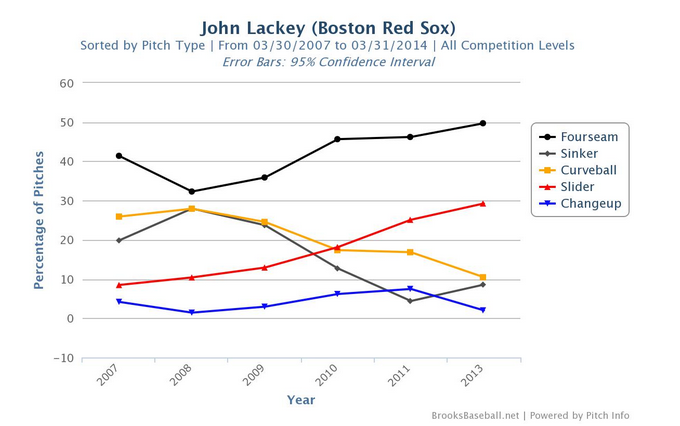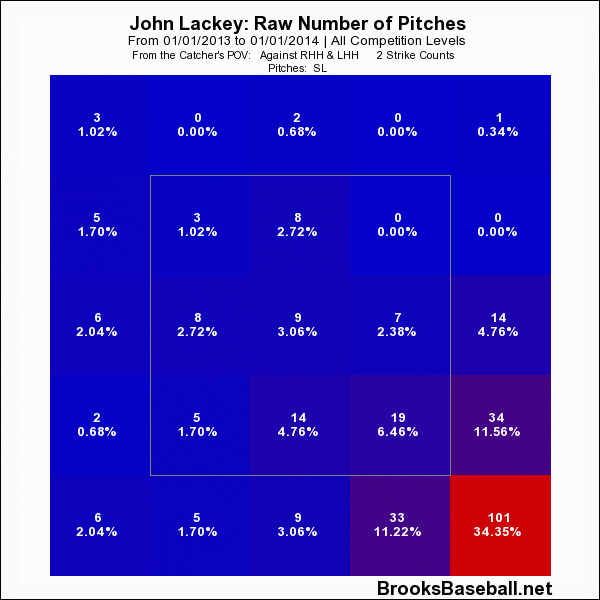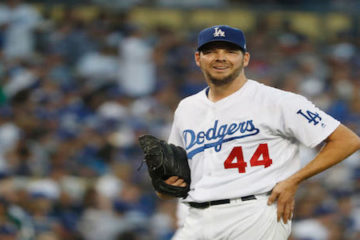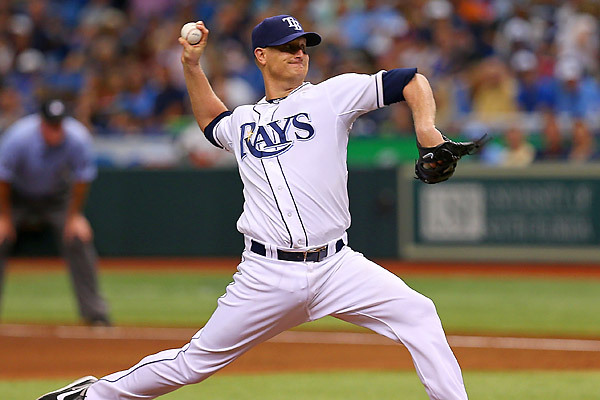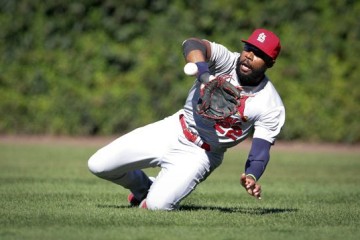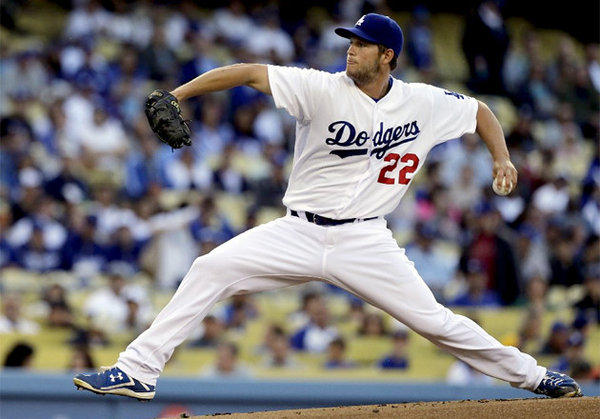2014 Fantasy Baseball: John Lackey and Repeating 2013
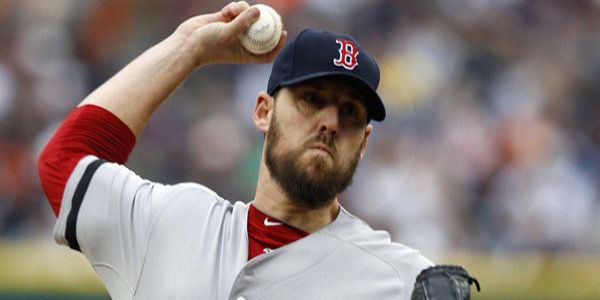

John Lackey apparently spent 2012 locating a time machine and upon its discovery promptly turned the dial back to 2007-ish. No one expected Lackey to have any success in 2013, and honestly, why should they have? I kept expecting the wheels to fall off, but they didn’t. They kept turning, and Lackey ended the season with a World Series ring to boot.
Lackey was pretty bad in 2010, terrible in 2011, and unable to play in 2012. So, it’s not tough to see why no one predicted a 3.52 ERA and his best strikeout rate in years over 189 frames in 2013. So, the question is, can he repeat?[am4show have=’p3;p4;p7;p11;’ guest_error=’Front Office’ user_error=’Front Office’ ]
I’ll admit, I originally assumed Lackey’s pitch mix reverted towards where it was when he was so successful. If it worked before, it could work again, right? Not quite. 2007 John Lackey and 2013 John Lackey are not the same, at least in terms of approach.
Over the past few seasons, Lackey has increasingly thrown his sinker less, his fourseam more, and switched from prominently using his curveball as his go-to secondary to using his slider more. Brooks Baseball has the increased offering classified as a slider, while Texas Leaguers and Fangraphs have it listed as a cutter. It’s probably a classification issue, because the pitches are remarkably similar in terms of movement and velocity.
Around 2009, Lackey began markedly decreasing the use of his curveball. The tweak, in hindsight, looks like a welcome one. Since 2009, opposing batters have hit .315 against his curveball, while slugging an impressive .476. His slider, however, holds the opposition to .221 and .339 marks, respectively. It’s tough to look simply at opposing batters’ line versus a certain pitch, because context is important, but it’s fairly clear why Lackey began phasing out his curveball; it wasn’t helping him the job done.
Increasing the use of his most devastating swing and miss pitch allowed Lackey to increase swings outside of the strike zone, which, in turn, allowed him to post his best strikeout percentage since 2005. But there’s more to Lackey’s resurgence.
Lackey’s command was better than it has ever been. His 5.1% walk rate was the lowest of his career, although 2007 and 2008 were close. When walks drop, we immediately assume the pitcher in question must have began throwing more strikes. But, Lackey didn’t live in the zone any more than he did in 2011, and he was there less than he has been over the course of his career. His f-strike% of 64.3%, however, represented a four year high, and allowed him to bury his aforementioned slider while ahead in the count, especially with two strikes.
So, Lackey bursted back – a la the Kool-Aid Man – onto the scene last year. That we know. Many, however, aren’t buying in. I understand the skepticism, but the changes that allowed Lackey to post vintage numbers were fundamental, not lucky. He maximized the usage of his best out pitch, commanded his fastball better, and got ahead of the opposition.
Lackey’s days of being a fantasy ace, if he ever had any, are over. He doesn’t strike out enough guys to be more than a mid-tier option. Home runs will likely be somewhat of an issue given his divisional adversaries and home ballpark, but he shouldn’t have a problem repeating 2013 if he deploys the same strategy. There’s a chance that Lackey could be had for cheap in your league via trade, or perhaps he’s even on waivers. If that’s the case, feel somewhat comfortable – pitchers are risks, after all – going to get him. Underrated assets win leagues, and Lackey appears to be underrated.
[/am4show]


